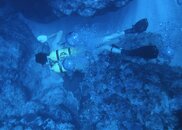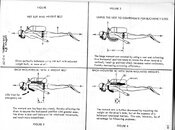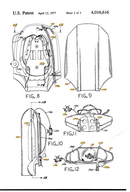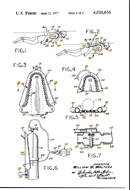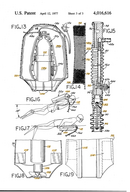Aura
Contributor
I use 12L steel doubles + 1 or 2 stages on most of my dives, I need a wing that can support that. I don't think it would be very nice with a horse collar BC. However, despite being a fairly small person, I have never experienced being pushed forward in the water with my wing sufficiently inflated. I'm sure if that was genuinely an issue, I'd struggle with it since my gear overall weighs more than I do.Yeah, maybe you should dive it longer to understand that if the flotation is on your back, it WILL turn you over face first into the water if you let it.
It sounds like your own three experiences with a jacket style BC were defined by poor weighting (unless those jacket BCs you tried out were really poorly made). Which is ironic, given how you claim using those are easier. If they're easier to use, then surely you would have no problem using them correctly.
You seem to be rather fanatical about defending your horse collar, so be it. You do you, dive and let dive etc. But there's no reason to furiously attack gear that works perfectly fine for the vast majority of divers, nor to assume they are just too stupid to realize the wonders of the horse collar BC. For the type of diving I do, for example, it would simply be a really poor choice of equipment.



